How to transplant raspberries in the fall?
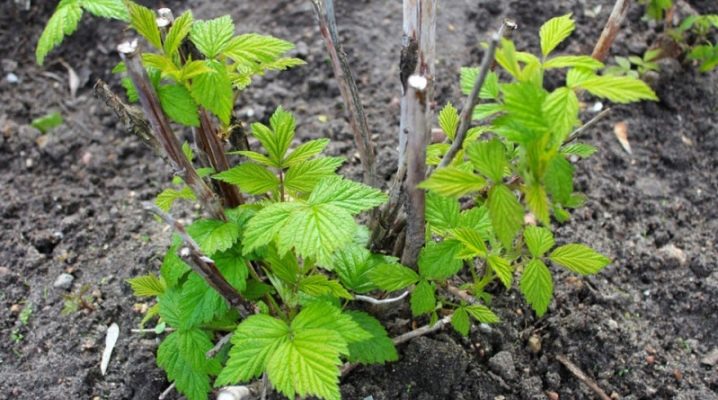
Raspberry is a rather unpretentious plant. But in order for the bushes to please their owners with a good harvest, they need to be properly looked after. Gardeners pay special attention to the raspberry tree in the fall. At this time, some bushes need replanting.

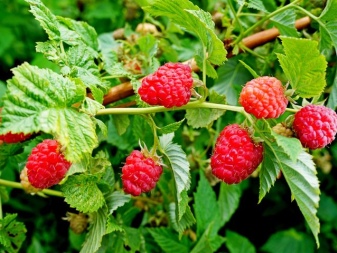
The need for a procedure
It is recommended to transplant raspberries to a new place about once every 5 years. The fact is that during fruiting, the plant consumes a large amount of nutrients, therefore, over time, the soil is depleted. If you do not transplant raspberries to another place in time, the harvest next year will not be so big. The flavor of the berries will also deteriorate over time.
An autumn transplant of raspberries to a new place is also needed if the bushes were planted too close to each other. In this variant, the plants remain weak. Besides, diseases in such plantations spread much faster. To make the plants sick less often, and the berries are tasty, too thick raspberries in the fall need to be planted.
It is also worth noting that a timely transplant will make the site more tidy.
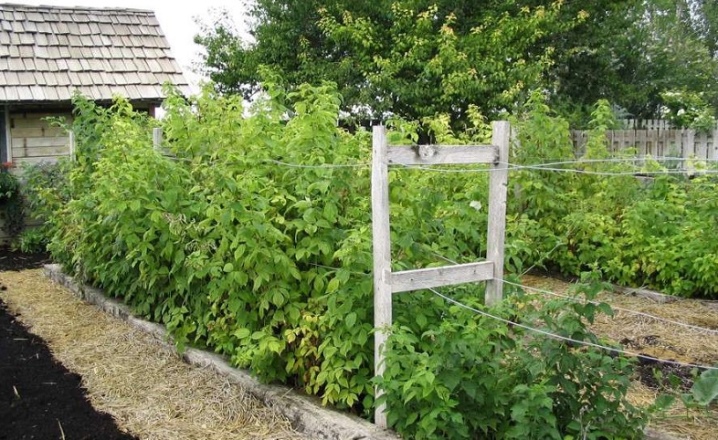
What month to transplant?
Experienced gardeners recommend replanting raspberries no later than a month before full frosts. When choosing the ideal time for this event, you need to take into account the peculiarities of the climate in a particular region. So, for example, in the suburbs and the middle lane, raspberries are transplanted at the end of September. In the southern part of the country, raspberries are planted in the second half of October. In Siberia or the Urals, the optimal time for this procedure is the end of August.
Many people transplant raspberries according to the lunar calendar. It lists the ideal time for planting a wide variety of plants each year. You can determine when to plant raspberries by focusing on their appearance. The berries must be fully ripe. Early raspberry varieties ripen at the very beginning of summer, late ones - in mid-October. This is typical for both ordinary and remontant plants.
If everything is done on time, the culture will be able to take root in a new place before the onset of frost. In the event that the owners of the site do not take these dates into account, the bushes may not survive the winter.

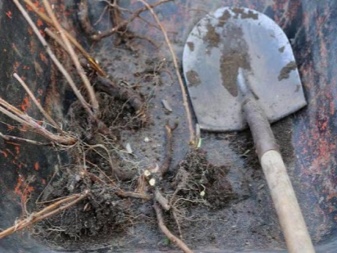
Preparation
An important role is played by preparation for planting seedlings, as well as site selection.
Planting material
For transplanting, you need to pick up a plant with well-developed roots. The bush must be carefully examined. It must be absolutely healthy, and also not damaged by any insects or other pests. Gardeners who plan to propagate the culture by dividing the bush are advised to choose plants aged 1-2 years. They should be strong and not very tall.
The selected bushes must be carefully dug up. In this case, the shovel must be held in a vertical direction. This is done in order not to damage the roots. You should get the plant along with a lump of earth. If you have to move it, the roots of the plants should be wrapped with a piece of cloth soaked in water. A large bush is divided into parts by hand or with a garden knife. This must be done carefully. Before planting, the roots of plants must be cleaned of dirt. They should be neat and even. The selected plants must be placed in a container with warm water.
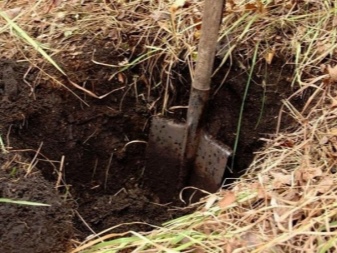
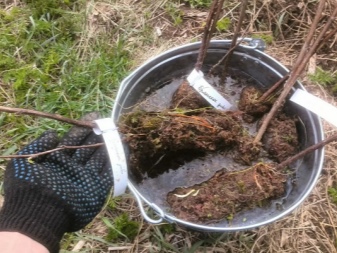
Place and soil
Next, it is important to find the perfect place for planting plants. You need to take into account the following points.
- Plants must be protected from the wind. It is for this reason that they are usually planted next to a fence or some kind of building. It is recommended to arrange bushes on the south side of the site.
- The bushes must have the right neighbors. Raspberries should not be placed next to nightshades. Such a neighborhood can lead to the fact that raspberries will get sick much more often. Gooseberries, as well as red or black currants can be planted next to the raspberry.
- The soil on the site should ideally match the plants. It is worth remembering that raspberries do not grow well on too wet ground. In swampy soil, plant roots quickly rot. It is recommended to plant raspberries on flat and dry areas.
Having chosen a suitable place for replanting bushes, you can start preparing the soil. This should be done in the summer. A few weeks before replanting, the site must be cleared of weeds. The soil must be dug well. This will make it looser and also help get rid of pests. At the same time, fertilizers are applied to the soil. Before the autumn transplant of raspberries, gardeners usually feed the soil with organic matter. You can fertilize plants with humus or compost.
Wood ash can also be used as fertilizer.

Transplant methods
There are several ways to transplant raspberries. Each of them has its own characteristics.
Trench
This planting method is popular in Europe. It is most convenient to plant plants in this way in large areas. This option has several advantages at once. First, a raspberry tree with even rows looks neater. Secondly, the plants planted in the trenches give a higher yield. In addition, picking berries from the bushes is much more convenient in this case. The trenching process of planting raspberries consists of several basic steps.
- First, you need to dig trenches in the selected area. Their width should be between 45-55 centimeters. Trench markings are usually made with wooden pegs and rope. When planning the scheme of the future raspberry tree, it is important to take into account that the distance between the bushes should be at least 50 centimeters.
- The earth at the bottom must be carefully loosened. After that, a small amount of humus must be poured into the trench.
- Then you can proceed directly to planting plants. Their roots must be well leveled. They should fit perfectly into the trench. It is important that the edges of the roots do not bend upwards.
- After that, the roots must be covered with earth. It is best to do this with an assistant who will hold the bush in the process.
- After planting, each seedling must be pruned. A short trunk with a height of no more than 20 centimeters should remain above the ground. Pruning will allow the plant to take root faster.
Further, the planted bushes must be watered. About half a bucket of water is poured under each plant. To make the raspberry bushes feel more comfortable, it is recommended to additionally mulch them. For this, you can use dried sawdust, straw or peat.
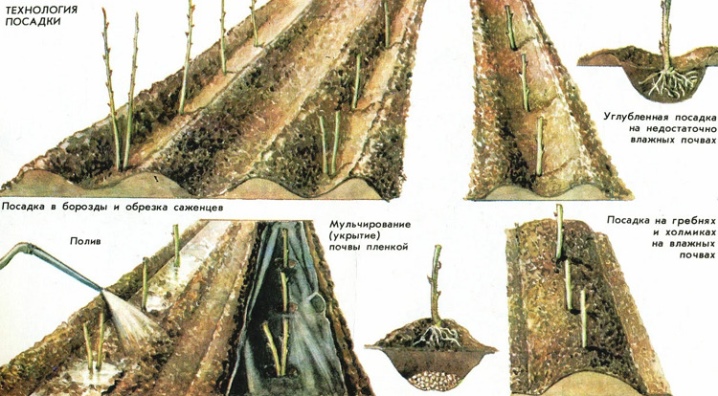
Tape
This method has a lot in common with the previous one. The only difference is that the trenches are made wider. Each of them accommodates three rows of seedlings. The distance between future bushes is 15-24 cm. The standard width of such trenches is 1-2 meters. Planting bushes in this way is quite simple. The main thing is that the plants are not too large. Otherwise, it will be difficult to take care of them.
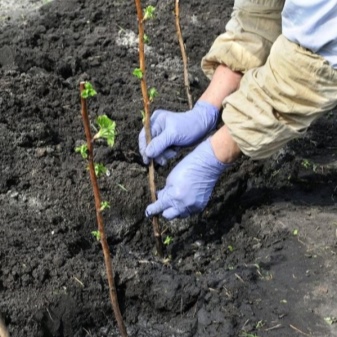
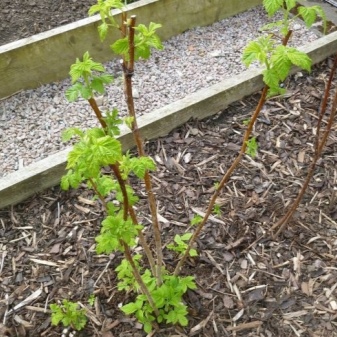
Dimple
The second method of planting plants is called dimple or bush. Before carrying out this event, the soil is dug up. Humus is introduced into it. After a few weeks, you can start transplanting raspberries. This is done as follows.
- You need to dig a suitable number of identical holes on the site. The rows are usually spaced 1-2 meters apart. The gap between the bushes should be at least 55-60 centimeters. In this case, the plants will definitely not interfere with each other.
- Fertilizers need to be poured into each hole. Usually, half a bucket of rotted manure is placed in the hole. On top, you can add phosphorus-potassium fertilizers.
- They must be covered with a layer of well-loosened earth. The layer must be dense enough.
- Bushes are planted in the prepared holes. They are covered with soil from above. The earth around the trunk is carefully tamped.
2-3 shoots are usually planted in one hole. In this case, the future raspberry bush turns out to be strong and healthy.
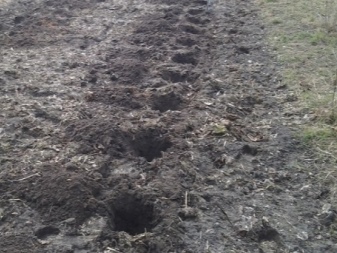
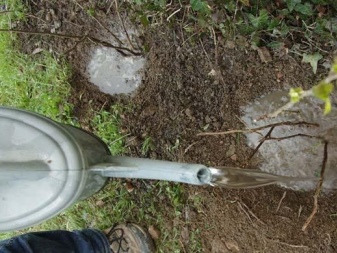
Follow-up care
In order for young plants to take root well, they need to be properly cared for. The following tips will help novice gardeners with this.
- Water the plants regularly. In order for the raspberry bushes to develop well and bear fruit, they need to be watered in a timely manner. In this case, in no case should the soil be highly moistened. This can lead to decay of plant roots. As a rule, the bushes are watered once a week.
- Remove all excess shoots. Transplanted plants will need pruning. This procedure should be carried out next spring.
- Fertilize on time. For the first time, you will need to feed the plants within two weeks after their transplant. For this, a mullein is used, diluted with warm water in a ratio of 1 to 10. A liter of such infusion is usually poured under each bush.
- Insulate plants before winter. So that young plants do not freeze out in the country in winter, they need to be covered with natural materials or agrofibre. Young bushes are not recommended to be pressed to the ground.
If you do not neglect these simple rules, raspberries transplanted to a new plot will delight the gardener with a good harvest.
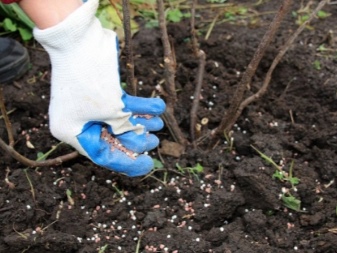
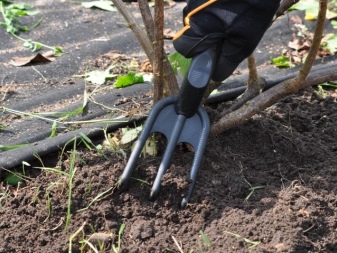













The comment was sent successfully.